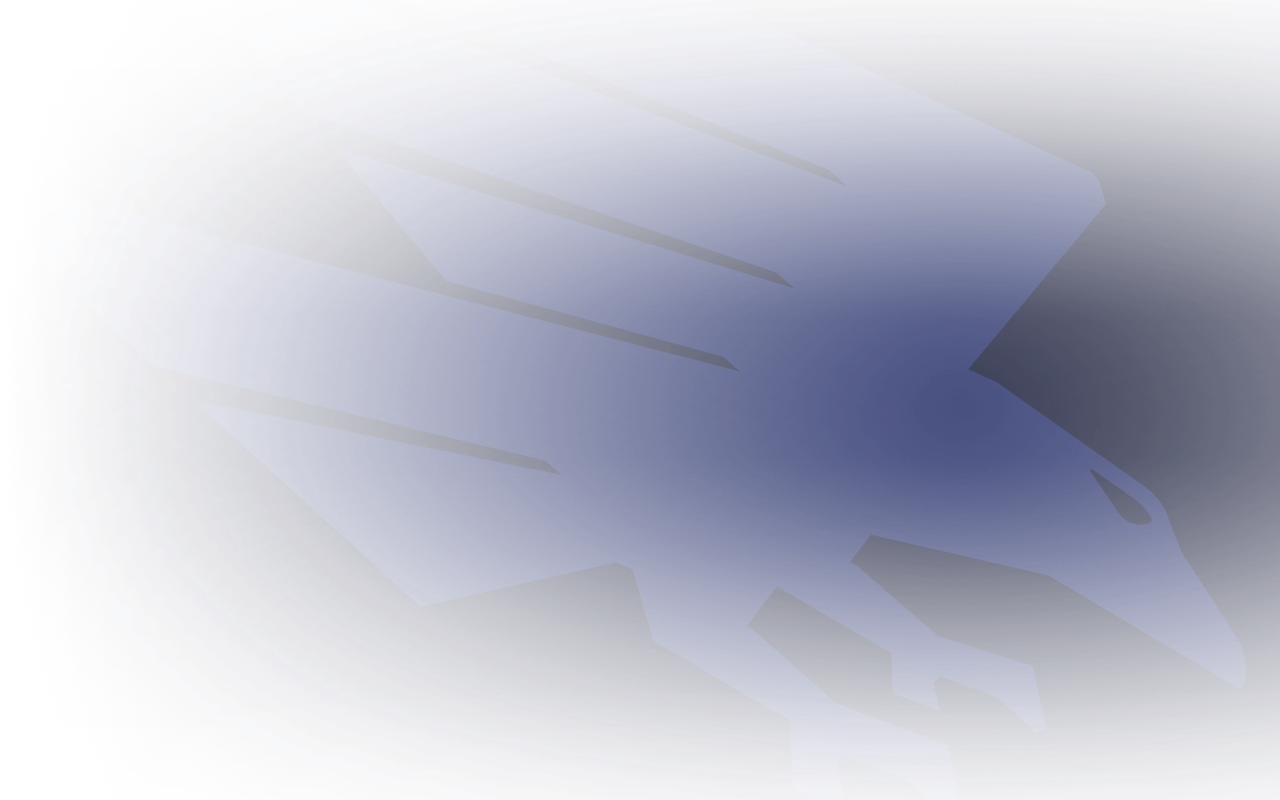US basketball ripe for the picking
Adelaide rookie Ricky Henderson has made the transition from basketball and says US college players could do the same
Henderson was plucked from obscurity with the Crows’ first pick in the 2009 NAB AFL Rookie Draft, after being spotted at a basketball training camp in Melbourne.
The 21-year-old, who played football up until age 15, progressed rapidly in his first year at West Lakes and was rewarded with a second-year rookie contract.
Henderson made his AFL debut against the Western Bulldogs in round five this season and showed promise before injuring his hamstring.
He was recalled to the Crows side in round 12 and finished with a return of 1.1 from 12 disposals and four marks.
Henderson played three games of football for Trentham in the Ballarat League prior to being drafted and said his skills were predictably rusty upon his arrival in Adelaide.
“When I first came over I struggled a little bit just to get used to the way the football was bouncing," Henderson said.
“I think my skills have picked up. Hopefully, I can keep improving on them.”
At the time Adelaide recruiting manager Matt Rendell admitted he’d taken a punt in drafting the talent point guard, but it appears the gamble is already starting to pay off.
Henderson is ranked among the fastest and most agile players on the Crows' list and also exhibits an exceptional ability to read the play, like fellow basketball converts Kurt Tippett and Scott Pendlebury.
Last year, the Pies made headlines by recruiting American-born basketballer Seamus McNamara, while Port Adelaide added its own project player in former US college basketballer Daniel Bass.
Henderson said he was confident other elite basketballers could make the transition to AFL, provided they learned to adapt to the physicality of the game.
“I don’t really think it matters where you get players from, as long as the clubs think they can get the player into the AFL system," Henderson said.
"It doesn’t matter if it is volleyball or basketball if the clubs think they can teach these kids how to play then go for it.
“The big one for me was the physicality of the game. I still run past the ball a little bit and try and predict too much rather than getting to the player. If players can take that onboard and start to work on it I think they’ll fit in.”


